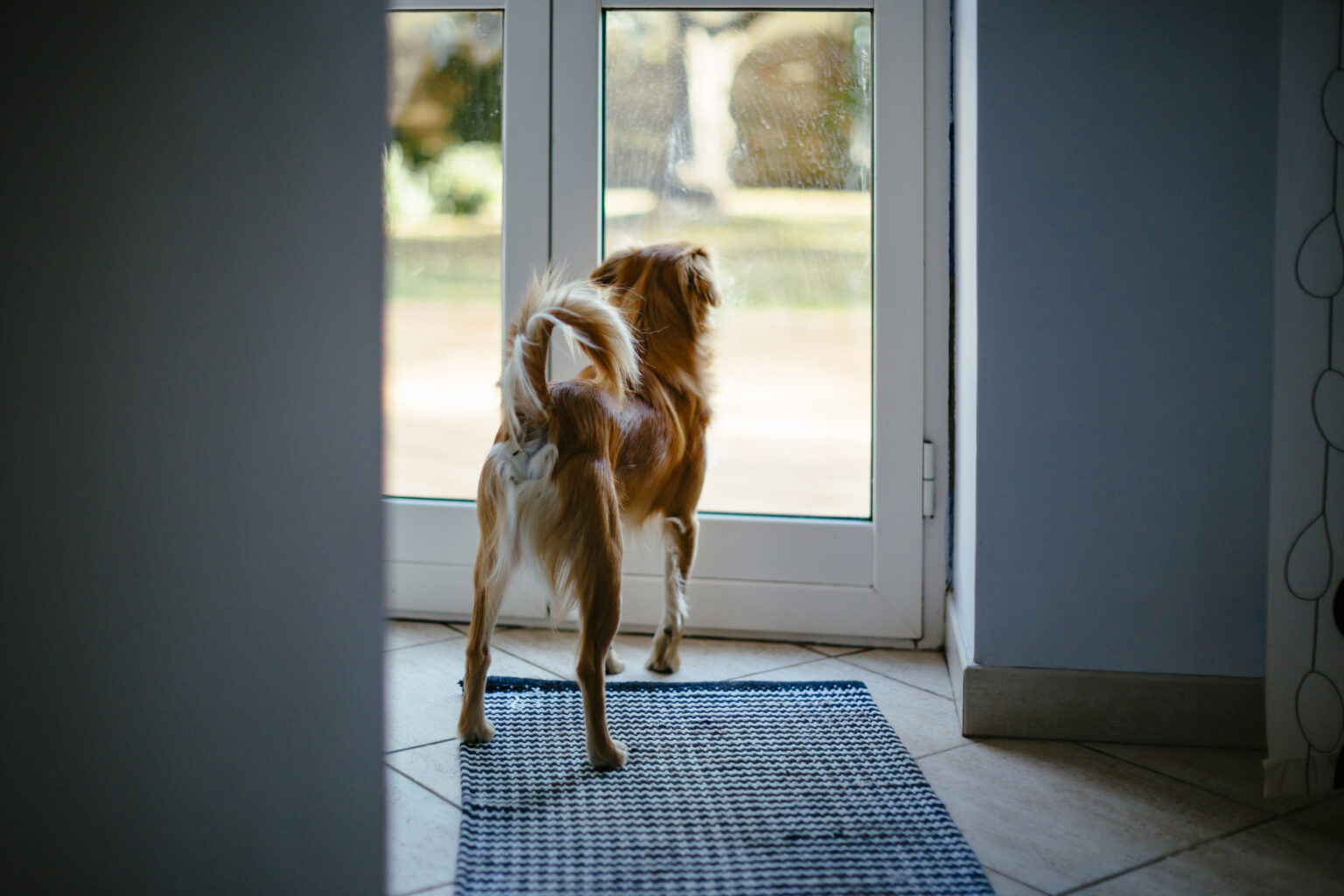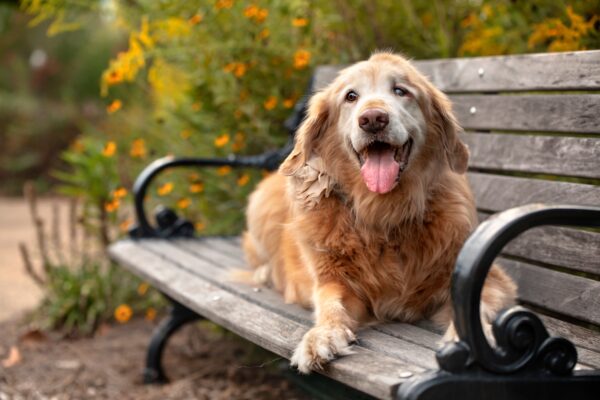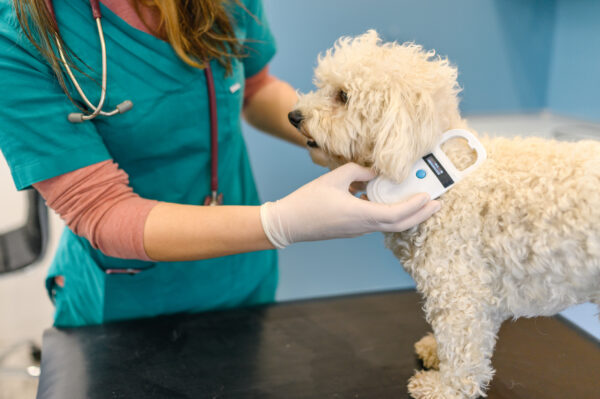Just like us humans, anxiety in dogs can be set off by various triggers. Fireworks or visits to the vet are common causes of anxiety in dogs. So is the start of the school season. After spending weeks or months together, our fur family will have less company at home when kids return to school and adults return to work. If this is you, here’s a guide for rebuilding your dog’s confidence in being alone.
What triggers separation anxiety in dogs?
The bond you develop with your dog or puppy can be incredibly strong because they’re social animals. Sometimes so much so that they can become anxious if you’re gone for too long. Once your puppy is successfully toilet trained, you shouldn’t leave them home alone for more than 1-2 hours or a maximum of 4 hours for adult dogs – any longer and loneliness can trigger separation anxiety. If you’re not working from home, ask someone to check in. Alternatively, if you can’t pop home during lunch, you can opt for a dog walker or sitter.
Tell-tale signs of separation anxiety
- Becoming highly distressed and hypervigilant when you leave the room, and hanging around doors, exits or where they last saw you.
- Attention-seeking behaviour, such as whining and barking excessively.
- Displaying destructive behaviour (e.g. inappropriate puppy biting and chewing).
- Not eating their food (common when dog boarding).
- Excessive yawning, pacing, and panting at bedtime.
How to manage separation anxiety in puppies
Build their confidence early on
Learning how to train a puppy to be left alone can be tricky – but it’s the key to a happy adult dog that is content alone. Build their confidence by slowly introducing periods of separation. Here are some steps you can follow:
- Walk away, but stay in the same room. If they stay where they are and remain relaxed, go back to them and reward them with some attention and dog treats.
- Leave the room for a few seconds. Again, if they remain where they are and seem relaxed, go back into the room and reward them.
- Repeat leaving the room a few times, gradually increasing the time you’re out of the room to a few minutes and up to half an hour. Reward them every time you come back. Leaving a KONG toy is a great way to distract them and reward them at the same time.
- If working from home, try working in a separate room.
- Leave the house for a few minutes and repeat. Calmly rewarding them every time you come back is an important part of preventing separation anxiety in dogs.
Offer mentally stimulating toys
Introducing an interactive toy or scent game can help teach independence, encourage problem-solving and keep the mind active. Tough toys they can destroy (or try to) are also fantastic for this age. You can also consider an automatic dog feeder for when you’re out.
Encourage independence
Making a fuss every time you leave your puppy or dog alone is not recommended. If you treat the situation as calmly as you can, your dog is more likely to feel calm as well. The same rings true if you come home and find they’ve been destructive in your absence. Your dog will not be able to associate their bad behaviour with any punishment. In fact, this could lead to them becoming even more anxious. Positive reinforcement is a far more effective approach, so make sure to have plenty of treats on hand.
Build a pet den as their safe haven
Using a crate or a big cardboard box to turn it into a pen den (a safe space with a comfy dog bed, some blankets and a choice of toys to play with) is known to help dogs with anxiety. This will give them a place they can take themselves to when they’re feeling anxious. But remember, never shut a puppy in a crate against their will, leave it open so they can come and go.
Consider a natural calming solution
There is a wide range of calming products available for dogs. One of the most popular options is those with dog-calming pheromones, which are released in the air and will give your dog a sense of wellbeing and reassurance. They come in different forms, such as the Adaptil plug-in diffuser or collar.
Of course, these products won’t sort out your dog’s separation anxiety issues on their own, but they can be a great helping hand used in conjunction with our training tips above. One dog parents have relied on for years during events like Bonfire Night or New Year’s Eve.
How to manage separation anxiety in adult dogs
Go at their pace
No matter the changes you want to introduce, it’s important to take things at your dog’s pace. This could be as small as standing on the other side of a closed door from them and building up from there. Going slowly will get them used to changes; introducing these too quickly could cause their anxiety to escalate.
Start while you’re still at home
Before you return to work or school again, get your dog used to being alone in their favourite room while you’re still at home. Step out of the room while they’re distracted with a toy, and come back while your dog’s still relaxed – don’t make a fuss, make sure you remain passive. If this goes well, then try this method with the front door. For detailed steps to help build your dog’s confidence, read the first tip for puppies above.
Designate a safe zone
Similarly to puppies and crates, a safe zone needs to be somewhere in the house that the dog can truly feel is their own. A doggy den with a snuggly bed, their favourite toys and water bowl will encourage them to use this space when they’re feeling anxious. Start introducing it a week or two before returning to work or school.
Do some test runs
Simulate a morning-leaving-for-work routine by picking up your keys, putting your coat and shoes on. Progress to actually leaving the house for a few minutes, and gradually extend that time. If any part of that routine stresses your dog out, try adapting it to make them comfortable.
Try an interactive toy
Rather than any heightened activities that will rile them up, let them entertain themselves with toys that promote mental or sensory stimulation. A KONG Classic or KONG Extreme (the more durable version) are also fantastic since they’re the perfect mix of a chew toy and a treat dispenser, so they will keep them busy for a considerable time. Lastly, an early morning walk can also work wonders – if your dog is tired when you leave, they’ll be more likely to relax.
When put into practice, we’ve found these tips are great tools for helping our own dogs feel at ease when we’re away from home (again, being reasonable in how long they’re left alone is key). However, our articles are not a replacement for face-to-face vet advice. If you’re ever concerned about your dog’s health or wellbeing, it’s important to consult with your vet.



